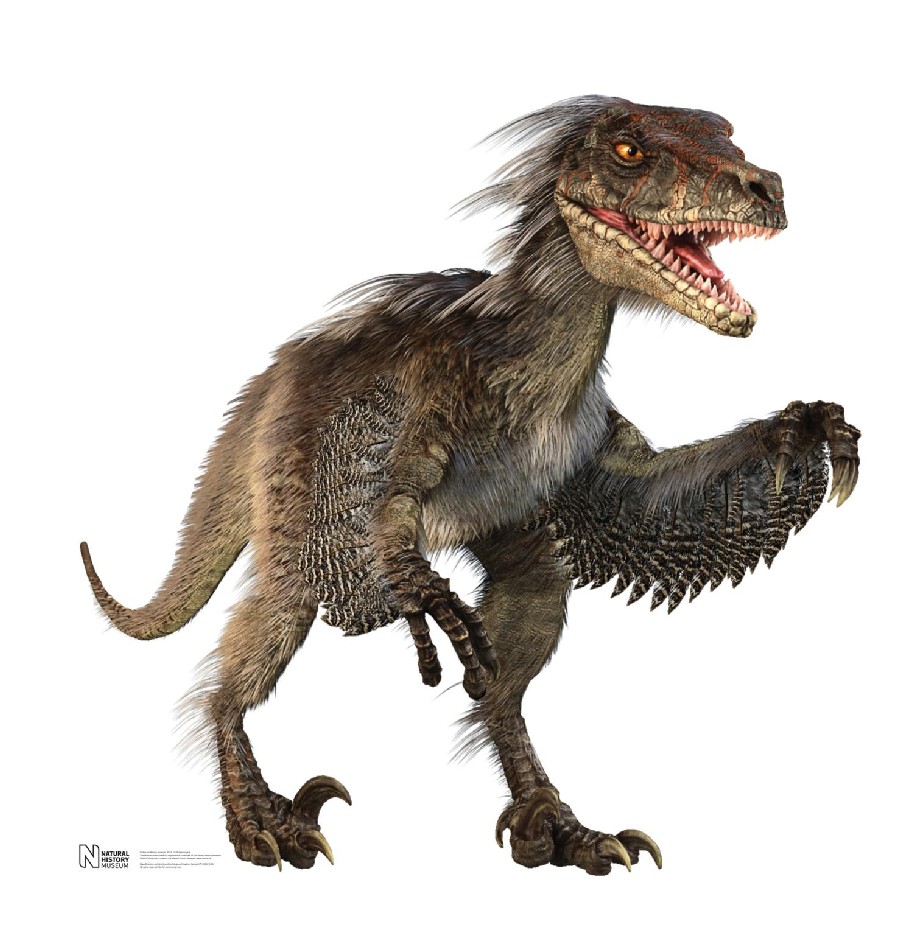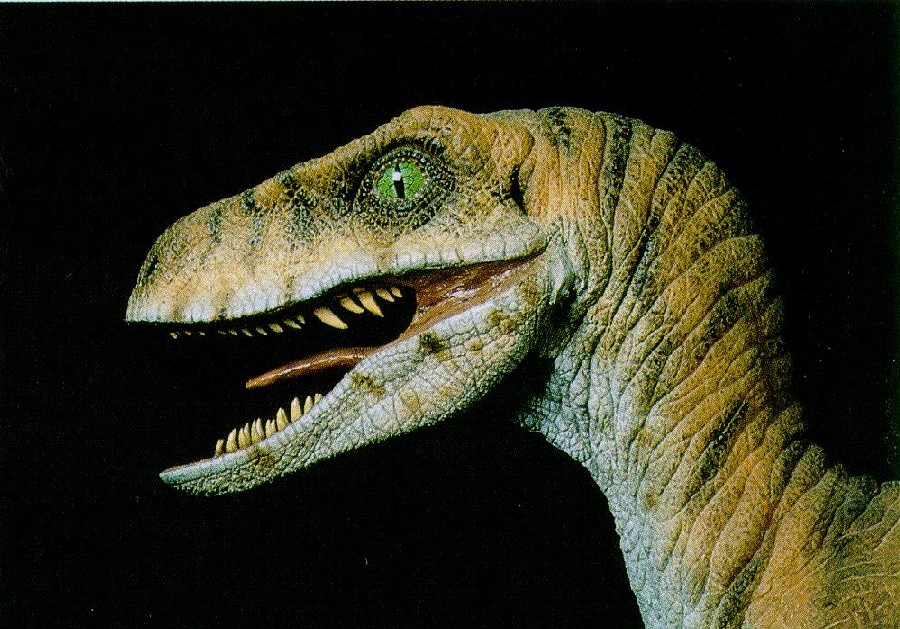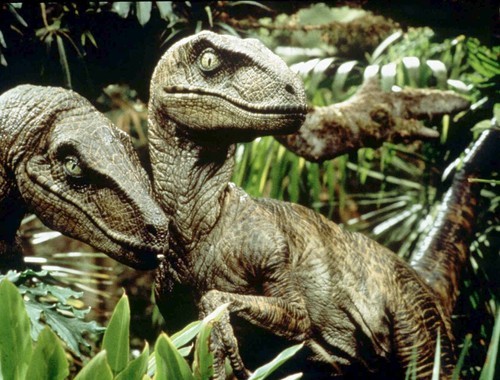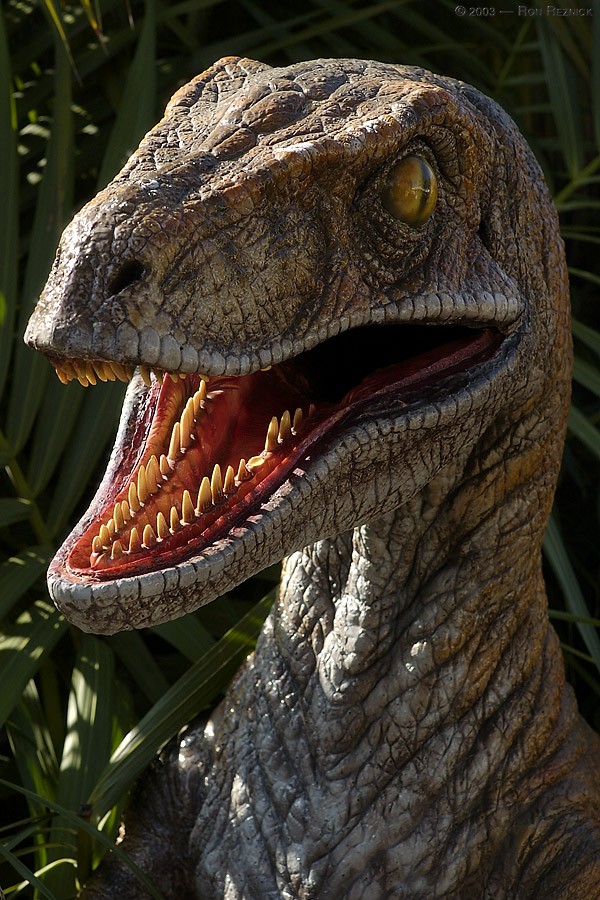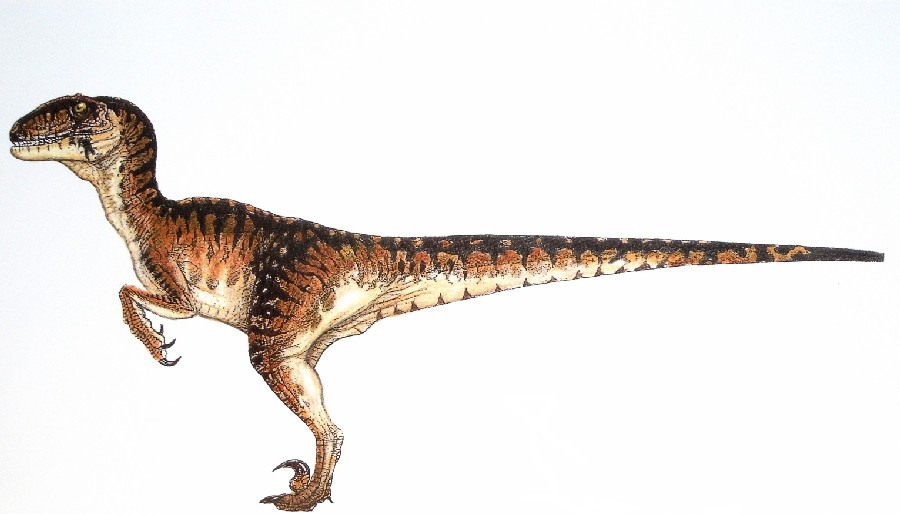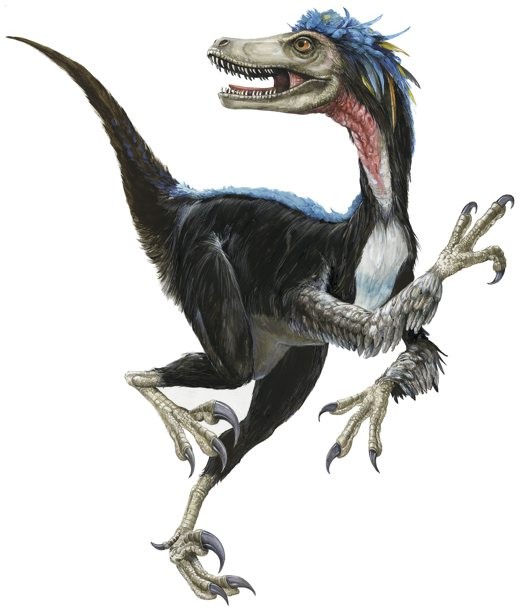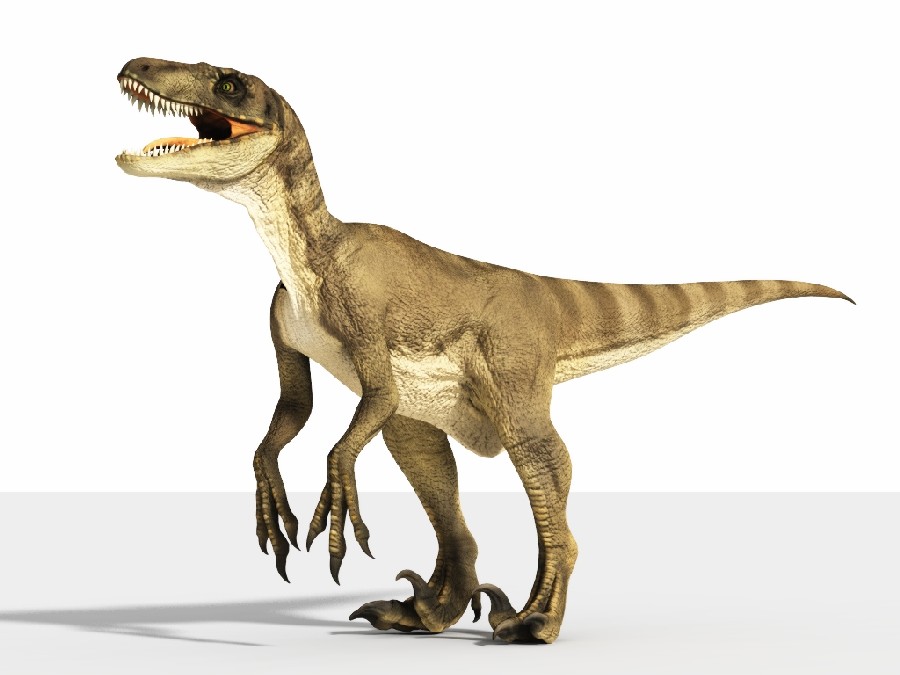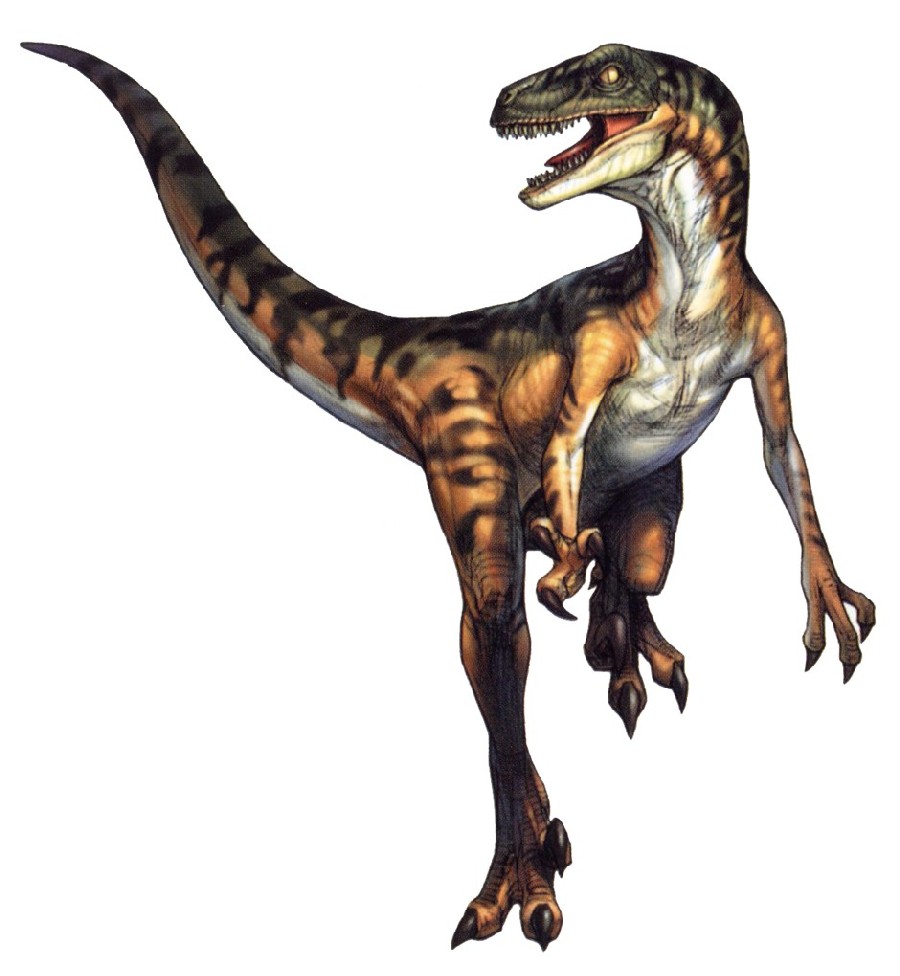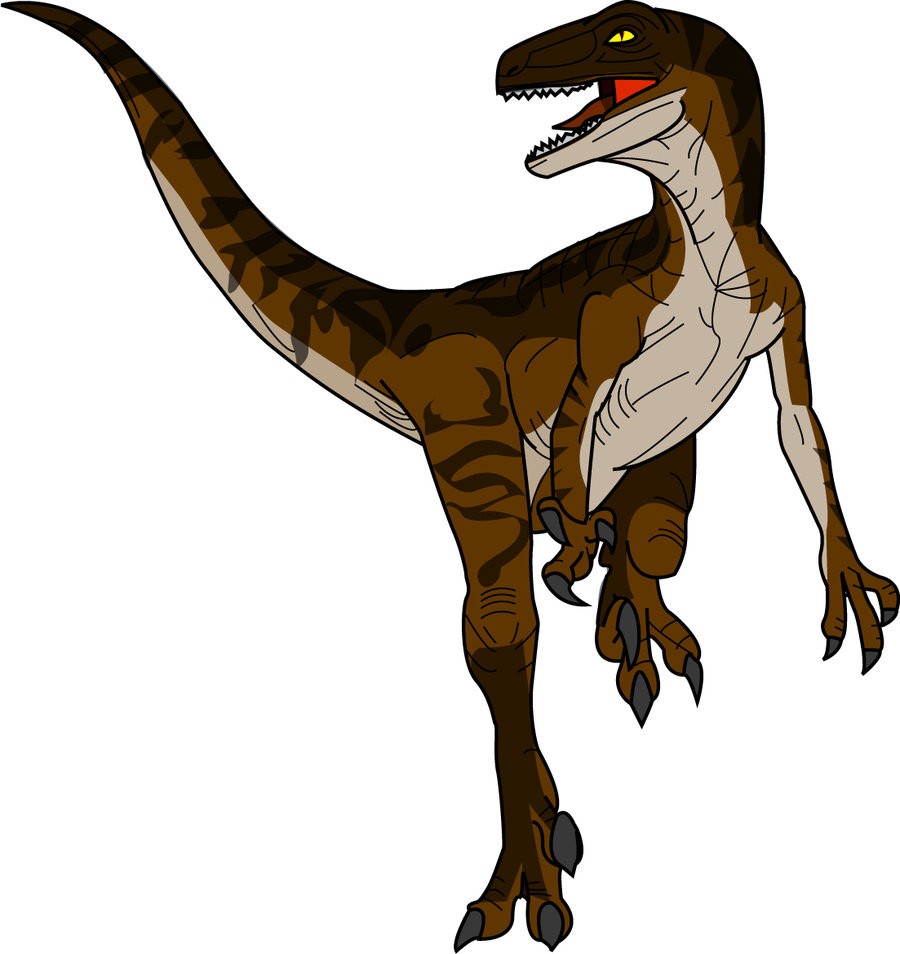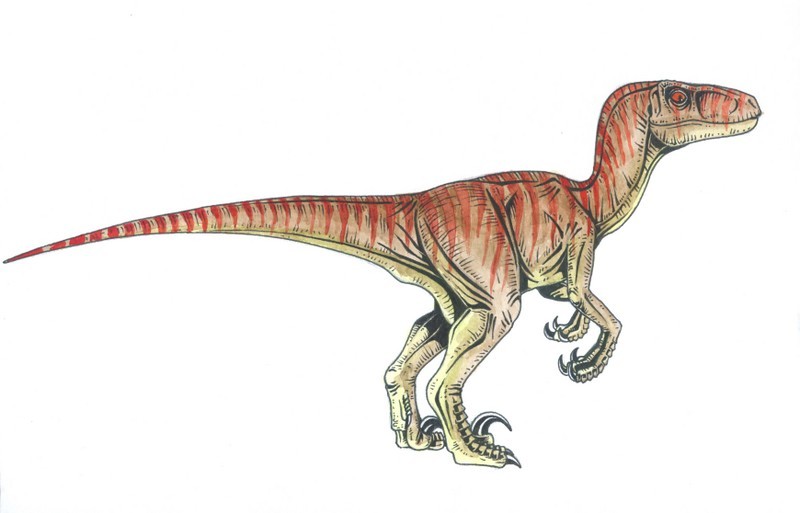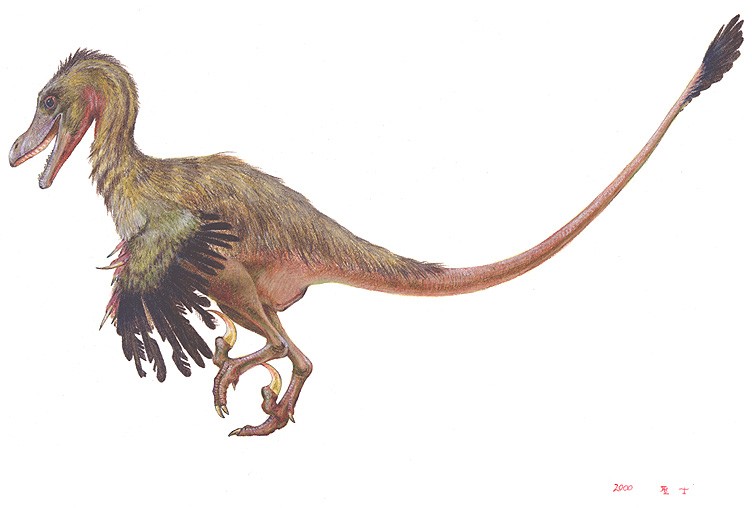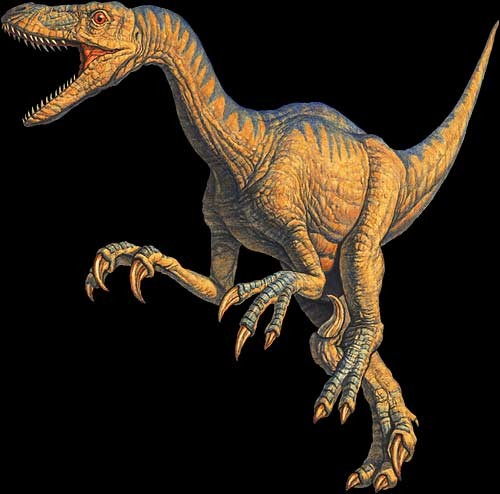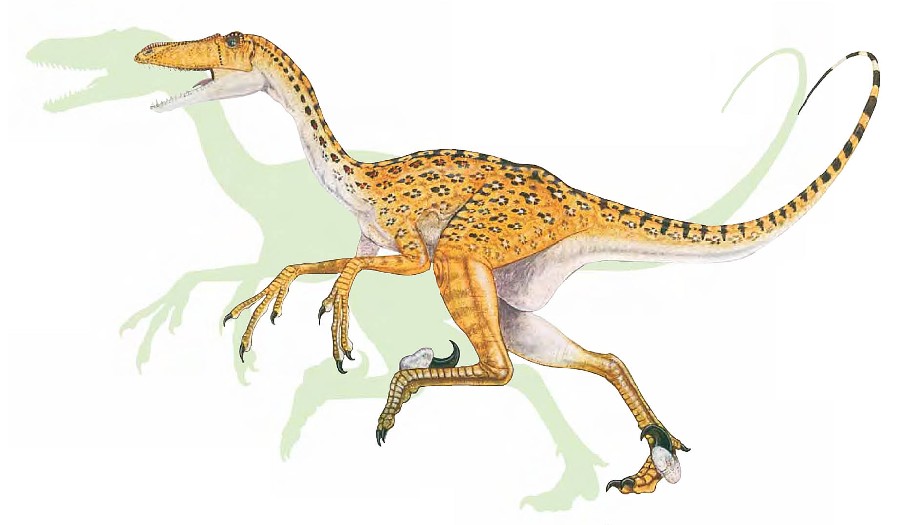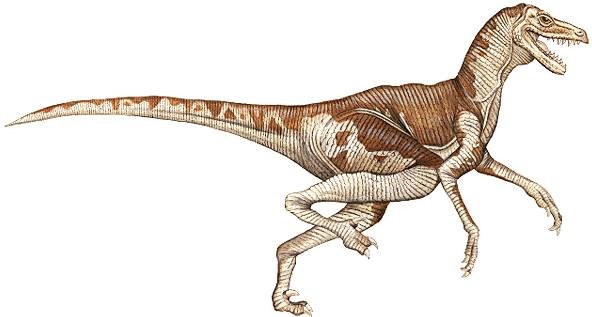База данных динозавров:
Общее количество образцов: 1365| name | Velociraptor (Велоцираптор) |
| period | Cretaceous (Меловой период) |
| period_mya | 66 |
| date_from | Upper Cretaceous Epoch (Поздний мел) |
| date_to | 66 million years ago |
| date_from2 | 100.5 |
| date_to2 | 66 |
| lived_in | a terrestrial habitat (наземная среда обитания) |
| was_a | carnivore (хищники) |
| reproduced_by | laying eggs (откладывание яиц) |
| url | https://dinosaurpictures.org/Velociraptor-pictures |
| description | Velociraptor is a genus of carnivorous theropod. It was comparable in size to a contemporary turkey, although with a longer tail. It was found in what is today known as Mongolia.Velociraptor had sharp teeth, distinctive feet bearing toes with one oversized hooking claw, and a long tail providing a counterbalance. It is now known that Velociraptors had feathers, lending them the appearance of a vicious primordial turkey. However, more reptilian depictions of scaled Velociraptors are still common due to their ubiquity in popular culture.In artistic renditions and film media, Velociraptor is usually depicted as larger than the actual Velociraptor Mongoliensis; something more akin to the size of Deinonychus or Utahraptor, which are related but larger species of Theropod. |
| articles | P. Godefroit and P. J. Currie. 2008. A new species of Velociraptor (Dinosauria: Dromaeosauridae) from the Upper Cretaceous of northern China. Journal of Vertebrate Paleontology 28(2):432-438 W. Granger and W. K. Gregory. 1923. Protoceratops andrewsi, a pre-ceratopsian dinosaur from Mongolia, with an appendix on the structural relationships of the Protoceratops beds. American Museum Novitates 72:1-9 M. A. Norell and P. J. Makovicky. 1999. Important features of the dromaeosaur skeleton II: information from newly collected specimens of Velociraptor mongoliensis. American Museum Novitates 3282:1-45 A. Perle and M. A. Norell. 1993. Flightless bird from the Cretaceous of Mongolia. Nature 362:623-626 B. Bohlin. 1945. History of the expedition in Asia 1927–1935. Part IV. General reports of travels and fieldwork. Palaeontological and geological researches in Mongolia and Kansu 1929-1933. Reports from the Scientific Expedition to the North-Western Provinces of China Under Leadership of Dr. Sven Hedin. The Sino-Swedish Expedition Publication 26:255-325 M. Watabe and D. B. Weishampel. 1994. Results of Hayashibara Museum of Natural Sciences–Institute of Geology, Academy of Sciences of Mongolia Joint Paleontological Expedition to the Gobi Desert in 1993. Journal of Vertebrate Paleontology 14(3, suppl.):51A C.-C. Young. 1958. The first record of dinosaurian remains from Shansi. Vertebrata PalAsiatica 2(4):231-236 R. Gradzinski and T. Jerzykiewicz. 1972. Additional geographical and geological data from the Polish-Mongolian Palaeontological Expeditions. Palaeontologia Polonica 27:17-306 S. Suzuki and M. Watabe. 2000. Report on the Japan-Mongolia Joint Paleontological Expedition to the Gobi desert, 1995. Hayashibara Museum of Natural Sciences Research Bulletin 1:45-57 S. Suzuki and M. Watabe. 2000. Report on the preliminary joint field excursion to the Gobi desert, 1992. Hayashibara Museum of Natural Sciences Research Bulletin 1:13-16 M. A. Norell and P. J. Makovicky. 1997. Important features of the dromaeosaur skeleton: information from a new specimen. American Museum Novitates 3215:1-28 A. N. Riabinin. 1937. O nakhodke shlemonosnykh form Dinosauria verkhnemelovykh otlozheniyakh yuzhnogo Kazakhstana [The discovery of crested forms of Upper Cretaceous dinosaurs in southern Kazakhstan]. Priroda 1937(9):91 J. M. Wood and R.G. Thomas. 1988. Fluvial processes and vertebrate taphonomy: the Upper Cretaceous Judith River Formation, south-central Dinosaur Provincial Park, Alberta, Canada. Palaeogeography, Palaeoclimatology, Palaeoecology 66:127-143 W. Watabe and S. Suzuki. 2000. Report on the Japan–Mongolia Joint Paleontological Expedition to the Gobi desert, 1994. Hayashibara Museum of Natural Sciences Research Bulletin 1:30-44 R. Gradzinski and Z. Kielan-Jaworowska. 1977. Upper Cretaceous Djadokhta, Barun Goyot and Nemegt formations of Mongolia, including remarks on previous subdivisions. Acta Geologica Polonica 27(3):281-318 K. Mikhailov and K. Sabath. 1994. Eggs and nests from the Cretaceous of Mongolia. In K. Carpenter, K. F. Hirsch, and J. R. Horner (eds.), Dinosaur Eggs and Babies, Cambridge University Press, Cambridge D. Dashzeveg and M. J. Novacek. 1995. Extraordinary preservation in a new vertebrate assemblage from the Late Cretaceous of Mongolia. Nature 374:446-449 |
| trophic_level | carnivore (хищники) |
| habitat | terrestrial habitat (наземные среды обитания) |
| motility | actively mobile (подвижный) |
| points | 43.3 99.6, 50.7272 -111.525, 44.25 103.333, 43.6644 100.902, 44 104, 41.5006 106.983, 44.2167 103.267, 40.6927 70.7014, 44.2283 103.303, 44.1275 103.565, 44 104, 43.6633 107.844, 40.04 112.42, 41.7881 106.724, 44.1453 103.721, 44.0942 102.909, 44.2328 103.289, |
